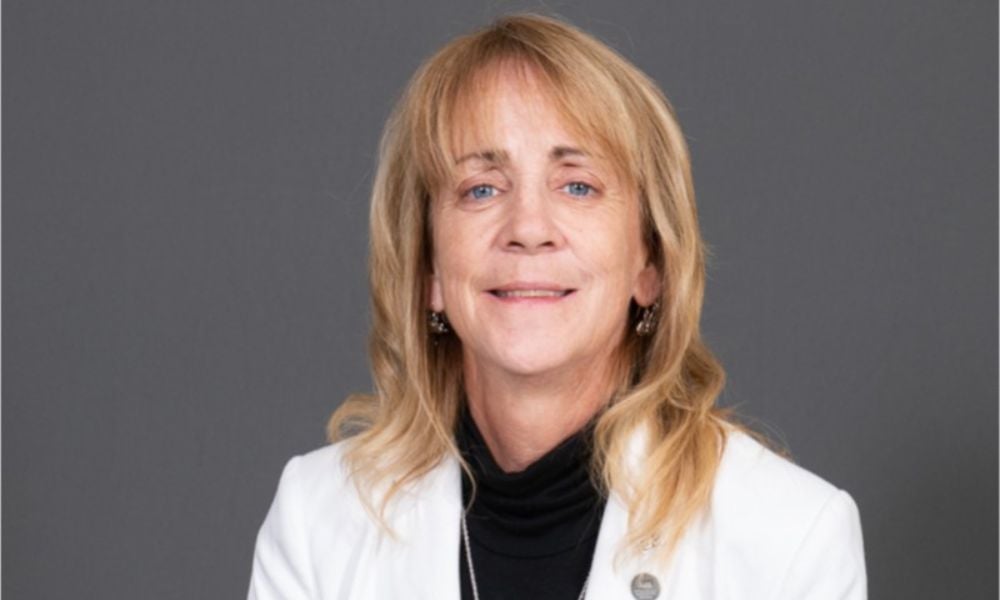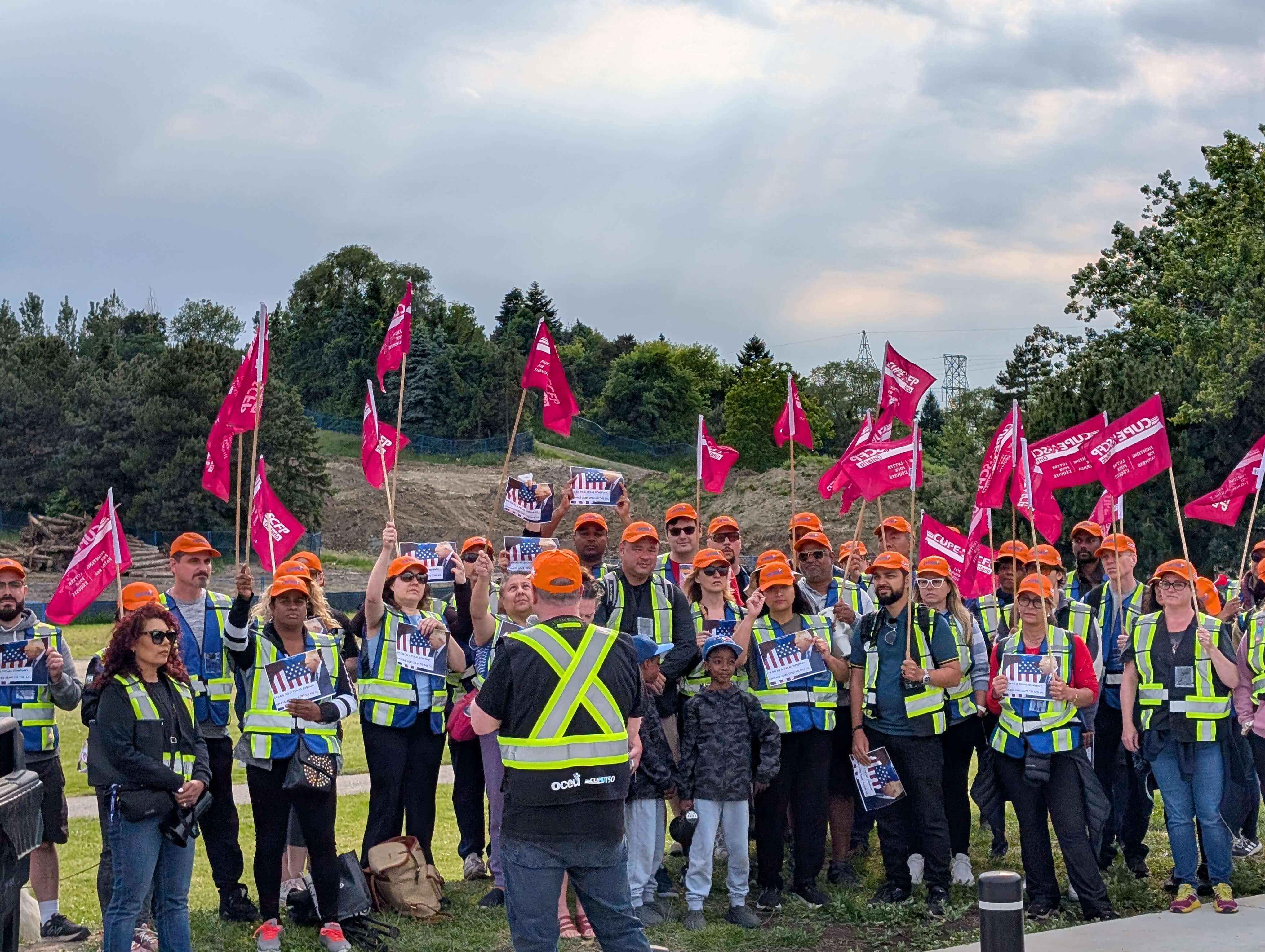Why these goals will change the safety profession in Canada

The Board of Canadian Registered Safety Professionals (BCRSP) has three ambitious goals it will be working towards throughout 2023 that will grow and elevate the profession. It wants to increase the number of certifications, push forward with title protection in the provinces, and collaborate with post-secondary institutions to achieve accreditation.
Robin Angel is the board chair and says it created a strategic plan last year that will guide the board’s objectives in 2023. “Our mission is to have safe and healthy workplaces through certification,” says Angel.
Increasing certifications
The board has a continuous goal of increasing the number of professionals who hold the CRSP certification in Canada. It also now has a CRST certification. Angel says more certifications means more workplaces “with better health and safety programs.” She says the board would like to grow the number of certificates in places where they have not typically been in the past.
“Larger companies usually have a health and safety person in their organization already,” explains Angel, and now the board is trying to figure out where it fits in small and medium sized businesses. “How does it make sense for them from an economic perspective? What is the best value for them?” These are the questions Angel says they are hoping to answer.
The board is analyzing data to figure out which small to medium sized organizations and businesses could benefit the most from having certified health and safety professionals and technicians. Then it plans to strategically reach out to them and explain how the BCRSP can help them create a safer workplace.
Protecting the title
The CRSP and CRST certifications are trademarked, but not protected by legislation. You must attend a post-secondary institution, work in the field for a certain number of years and pass an exam to hold the certification. But Angel says the board hopes to take it one step further by working with the provinces to achieve title protection.
“If you think about a profession that's legislated like a doctor or a lawyer or an engineer, that same kind of premise,” says Angel, who points to a poll the board conducted which found most respondents think health and safety certifications are already legislated.
The board has targeted Ontario, Alberta, and British Columbia as the first provinces where it would like to see title protection legislated.
Accreditation of post-secondary institutions
Angel says one of the other “big goals” the board is working towards is creating accredited post-secondary programs. “Currently in Canada, undergraduate and postgraduate programs are very limited,” says Angel.
The board created a task force as well as a standards advisory council made up of volunteers from post-secondary institutions. For the better part of the last decade this group has been meeting every two years to discuss what criteria an accredited program should be measured against. Angel says they group reached a consensus, and “we put it out for public review, got the feedback, and we went out and are doing some pilots.”
While schools can not currently apply for accreditation during this pilot phase, Angel says that will be the next step in the process. The aim is to eventually compose a list of accredited schools that must be attended before someone can apply for a CRSP or CRST certification. “So that's like a ten-year program, that's way off in the future for us…it’s a really long journey.” She says it all depends on how the pilot programs perform and whether schools sign up for accreditation.
These are the big goals the BCRSP is working towards, but Angel warns “these are not goals that are going to happen in one or two years.” Progressive aspirations for the safety profession for 2023, and beyond.





